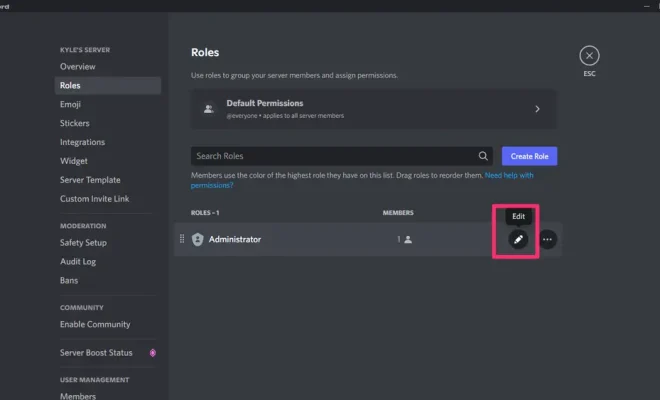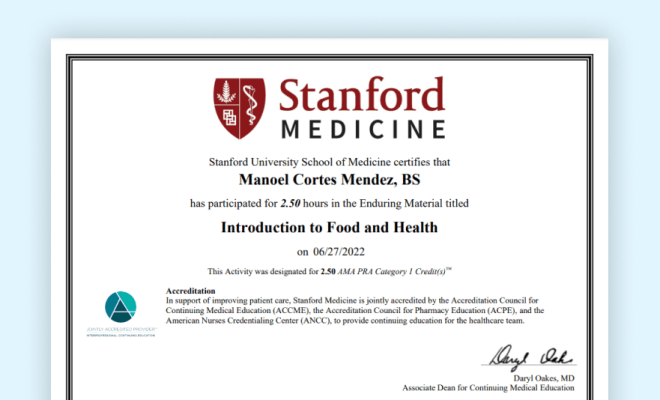MAC Address Filtering: What It Is and How It Works

As technology continues to advance, new ways of securing networks are being developed. One such technique is MAC address filtering, which is a method of allowing or denying access to a particular network based on a device’s Media Access Control (MAC) address. In this article, we will explore what MAC address filtering is and how it works.
What is MAC Address Filtering?
MAC address filtering is a form of network security that uses the MAC addresses of devices to permit or deny access to a network. Since the MAC address of a device is unique, network administrators can use this information to identify and control traffic on their network. Essentially, it is a method of limiting access to those devices that have been pre-approved by the network administrator.
How Does MAC Address Filtering Work?
MAC address filtering works by creating a list of devices that are allowed to access the network. The network administrator must first determine the MAC addresses of each device that is allowed to connect to the network. This list is then entered into the router or access point’s control panel. Once the list is complete, the router or access point can be configured to allow only these pre-approved MAC addresses to connect to the network. This way, any unauthorized device attempting to connect to the network is automatically denied access.
There are two types of MAC address filtering: Whitelist and Blacklist Filtering.
Whitelist Filtering
Whitelist filtering only permits devices that have been pre-approved by the network administrator to access the network. The MAC addresses of these devices are added to a list in the router or access point’s control panel. Any device that is not on the approved list will be denied access to the network.
Blacklist Filtering
In blacklist filtering, devices are denied access to the network based on MAC addresses that have been blacklisted. This technique is mainly used when network administrators want to block specific devices from accessing the network. For example, if an employee’s device has been lost or stolen, their MAC address can be added to the blacklist, preventing any unauthorized user from accessing the network with that device.
Limitations of MAC Address Filtering
While MAC address filtering is an effective way of securing a network, it does have some limitations. Firstly, it is not entirely foolproof, as rogue users can spoof their MAC addresses, allowing them to bypass the filtering system. Secondly, managing the MAC address list can be time-consuming, especially in large networks with many devices. Lastly, if a device is lost or stolen, its MAC address will still be on the approved list and can be used to access the network.
Conclusion
MAC address filtering is a powerful security tool that can help ensure the integrity of a network. By creating an approved list of devices, network administrators can limit access to those who need it while keeping unauthorized users out. While MAC address filtering may not be the perfect solution, it is an excellent first line of defense for network security. As technology continues to evolve, we can expect to see more advanced security solutions in the future.






